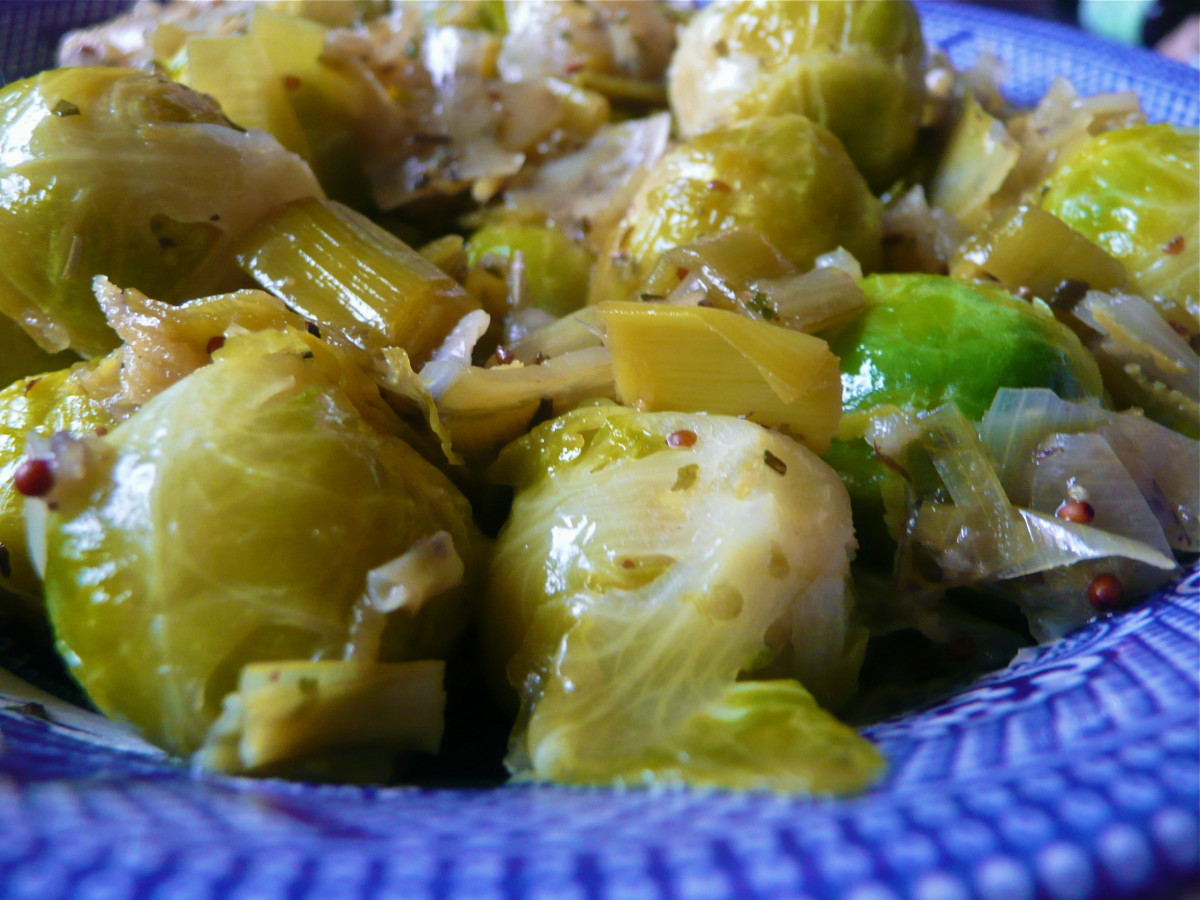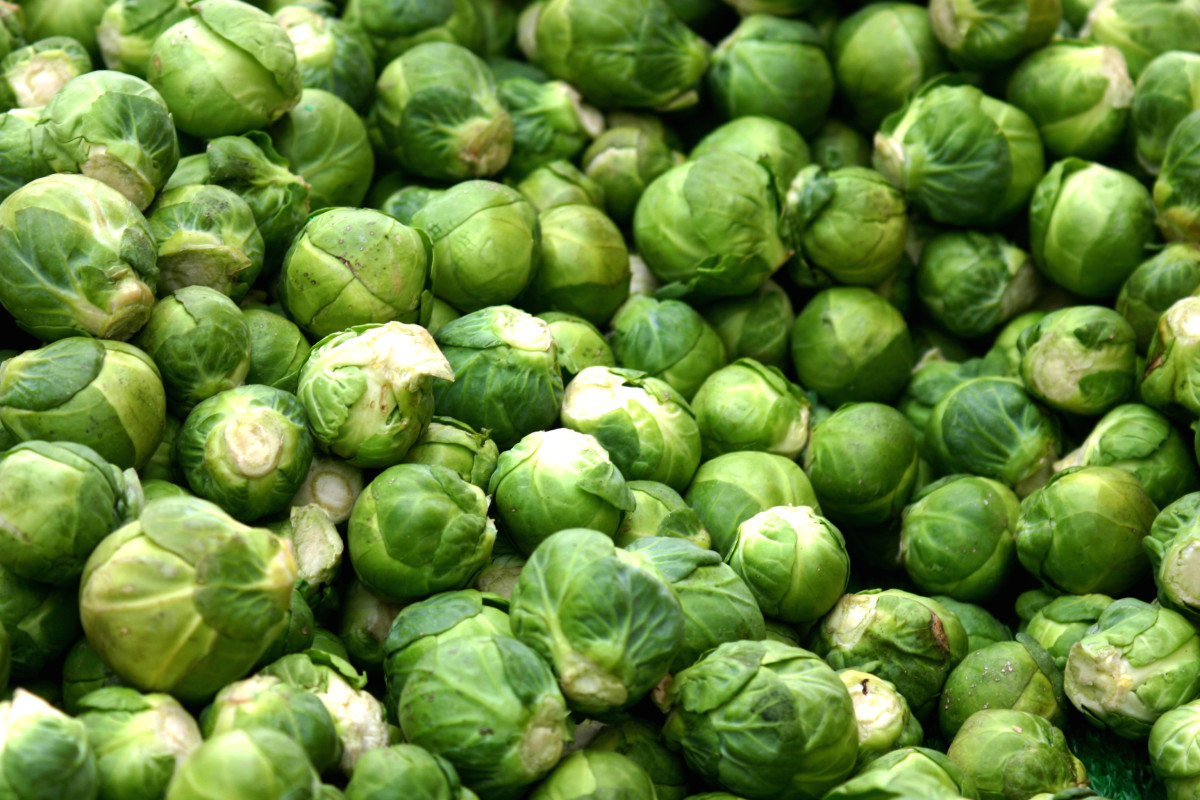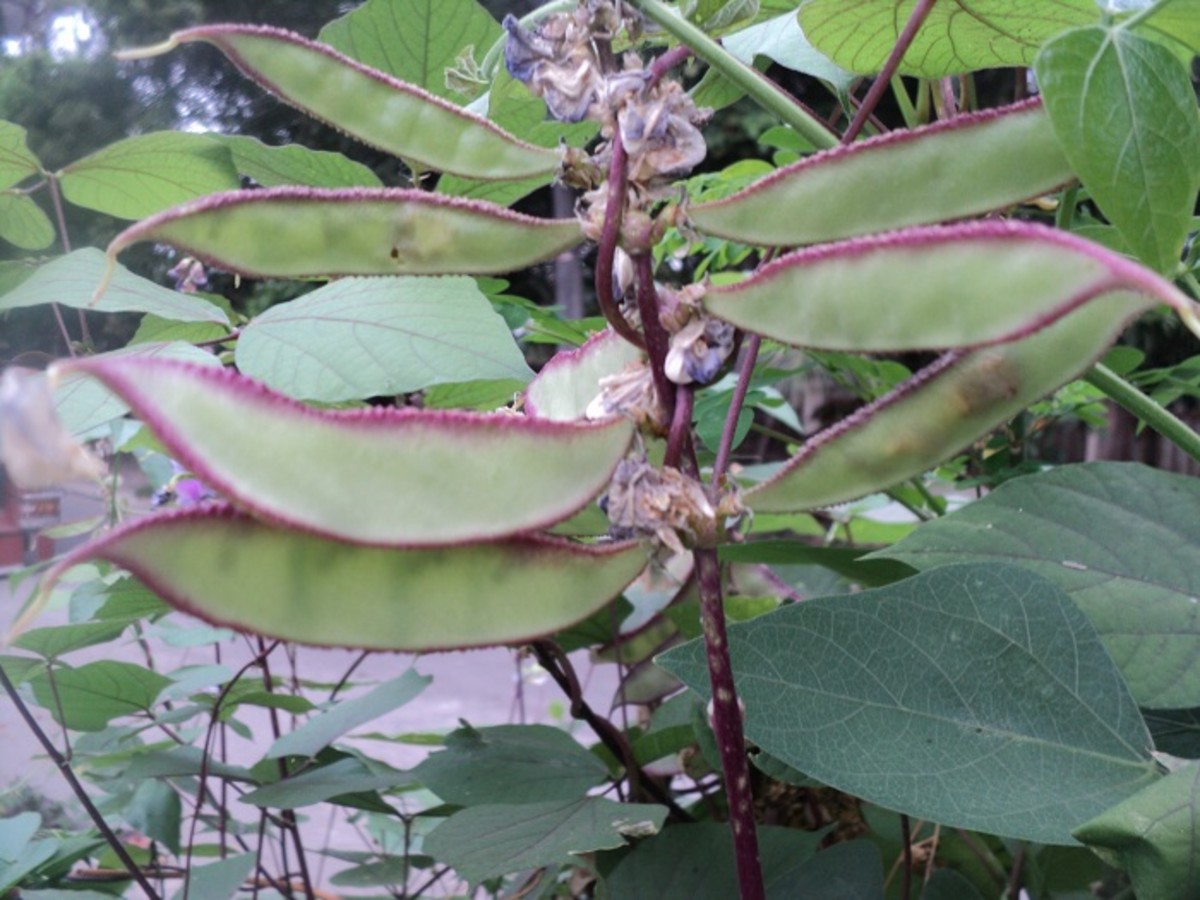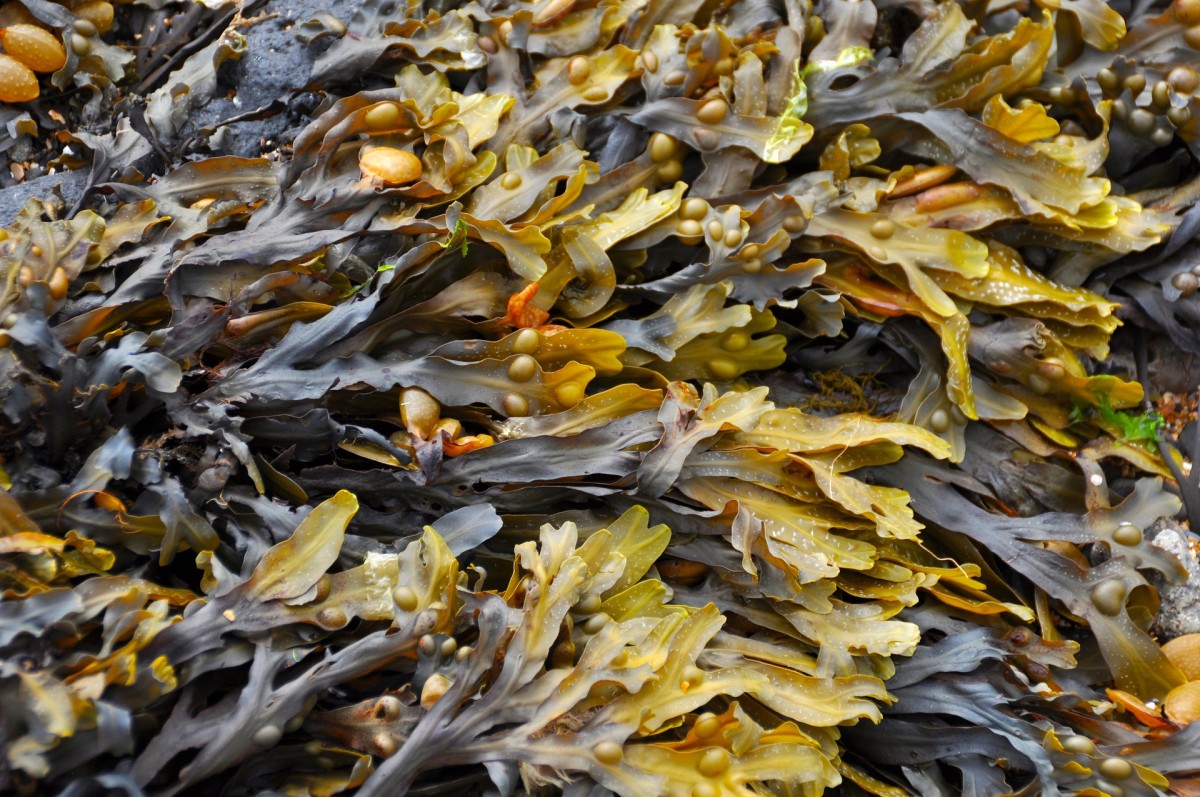Black Raspberry, Catnip, Celery, Fig: Description, Properties and Uses

Black raspberry
Family of the: Rosaceae
Common name: Black Raspberry, shrubby blackberry
Scientific name: Rubus fructicosus
Where it grows: The black raspberry grows across Europe and the Mediterranean. It is a pretty resilient plant considering the fact that it will grow in waste grounds, in the wild competing against other plants for nutrients, in woodlands and meadows. It will grow in about any type of soil from sandy to clay but it grows best in well drained soils. Its resilience goes as far as growing in areas where the nutrients are scarce and the light is scarce as well.
Description
This genus of raspberry grows on a shrub that can grow up to 3 meters in height in a short period of time. The flower of the Rubus fructicosus (this is a specific genus of the plant) has hermaphrodite flowers and they are pollinated by insects.
Black Raspberries and Honey Dessert Recipe
Properties and Uses
This is a healthy source of carbohydrates and it is recommended to eat once it is fully ripe. It has effectiveness on relieving stomach pain and preventing cancer as well.
Most of the plant is usable. The fruit, roots and leaves can be used to make tea or eat. The ripe fruit can be used to make syrup and jelly. The roots can be eaten after boiling and the leaves are used to make tea. The root's bark can be used to calm bowel problems such as diarrhea due to its astringent properties.
Catnip
Family of the: Lamiaceae
Common name: Catnip (catswort or catmint)
Scientific name: Nepeta Cataria
Where it grows: It grows in Europe, North America, the Middle East, Central Asia and some parts of China.
Description
Catnip is a small bush like plant that grows no taller than 39 inches. It is a perennial plant with "hairy" so to speak leaves that release an aroma that is particularly attractive to most of the cats, domestic and wild, family. Catnip is particularly resistant to harsh and dry weathers and can thrive in most soils.
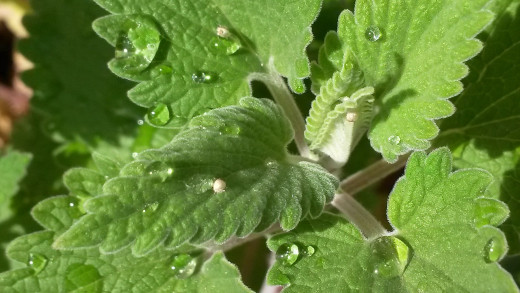
Properties and Uses
The catnip has repellent properties and wherever it is planted it will keep mosquitoes at bay and will attract a certain type of insect which will keep aphids and mites away as well. It can be smoked and has relaxation factor when it is smoked.
Catnip can be used as a repellent for mosquitoes and other biting insects, sometimes functioning better than DEET another form of repellent oil. It can also be used as a recreational plant for cats which seem to adore the plant as well as an ingredient for teas and juices. It is commonly used as an ornamental plant in gardens to attract cats and butterflies.
Celery
Family of the: Apiaceae
Common name: Celery
Scientific name: Apium Graveolens
Where it grows: It grows all over the world with major production in the United States, Mexico, Europe and India. Celery enjoys growing in soils with abundant water as well as abundant nutrients. It grows best in cool areas were the threat of droughts is not persistent.
Description
The celery plant grows to be about a meter tall at most and has long stalks with pinnate or bipinnate leaves. The stalks a have a crispy texture and the leaves tend to have a strong aroma.
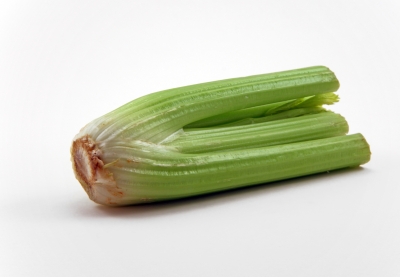
Properties and Uses
Celery has large amount of properties. For starters it is an anti-inflammatory and anti-oxidant agent. Which means it helps you combat inflammation and aging at the same time. It has carotene a surrogate of vitamin A. It also contains vitamin C and a nifty set of other acids your body would not have access to. As for minerals celery has moderate amounts of sodium, molybdenum magnesium. Your ideal vegetable for seasoning soups.
As mentioned before celery has not only the culinary use of seasoning soups, it can also be used as an ingredient in a variety of salads, it is eaten raw as its stalks have much more to offer when they are fresh. The seeds of the celery plant can be used as spice and the leaves as seasoning in foods thanks to their aroma.
Fig
Family of the: Mulberry
Common name: Fig
Scientific name: Ficus Carica
Where it grows: Fig's grow all over the world; however, they are more proliferous in Europe. It proceeds from the Middle East and Asia. They are now cultivated mostly in areas in which the weather is neither extremely hot nor extremely cold. This plant flourishes in tepid weather.
Description
It has the aspect of medium sized tree which loses its leaves when cold season changes come along. It has large round leaves that liberate a scent and can grow up to ten meters in height. The fig or the produce of its flowers is not really a fruit despite it being considered one but it is technically a scion. A scion is, as the Meriam Webster dictionary states; "a detached living portion of a plant (as a bud or shoot) joined to a stock in grafting and usually supplying solely aerial parts to a graft". The "fruit" has a dark purple skin and a soft texture. In the inside there is a cluster of seeds with a different tone of dark purple hinting at red. The fig is sweet and has a lot of different applications.
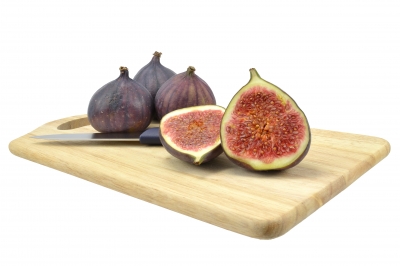
HEIRLOOM NON GMO Celeste Fig Seeds

Properties and Uses
The fig is rich in potassium and carbohydrates. When its seeds are dried they can be used as a supplement of fiber for people with bowel movement problems. The fact that it is rich in potassium is good news for people with hypertension problems. It also has insulin regulating properties within the sap in its leaves.
Fresh ripe figs can be used to make jam and sweets and with over 600 cultivars over the world the combination of flavors is bound to be immense if not infinite. The tree is sometimes used decoratively and the dried fig is used to make that awesome treat we all know and love: the Fig Newton.
Health Benefits of Figs
Brussels sprouts
Family of the: Brassicaceae
Common name: Brussels sprouts
Scientific name: Brassica oleracea
Where it grows: Brussels sprouts grow mainly in Europe and North America. They had their origins and take off in popularity in the city of Brussels in Belgium. Surprisingly, the place that most grows Brussels sprout is none other than the Netherlands closely followed by Germany. Most of the production of Brussels sprouts in North America is based in California followed by Washington and finally New York. They can grow in cold weathers and still yield a good amount of produce.
Description
Brussels sprouts have the appearance of a tiny cabbage and have green leafy color and texture. They grow on thick stalks that have a round shaped leaves at the crown. The part of the plant we actually eat grows to be at largest 1.6 inches in diameter.
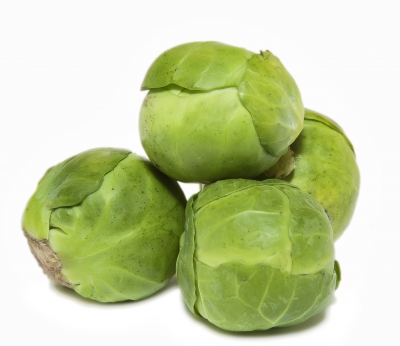
Properties and Uses
Brussels sprouts contain calcium, iron, magnesium and other minerals as well as vitamin C and vitamin K. They also contain most of the vitamin B complex and folic acid as well as fibers which are good for people with problems with bowel movements.
The greatest use of Brussels sprouts is the culinary one as the can be eaten: roasted, boiled, stir fried and steamed. However, Brussels sprouts can also be used to fight cancer, due to the presence of vitamin K and calcium in this veggie; it is also great for improving bone health and avoiding fractures. With the presence of beta carotene (once again a surrogate for vitamin A) vision impairment can be avoided as well.
Article by: Alain Gutiérrez
Catnip Essential Oil

Organic Catnip Leaf and Blossom Tea Caffeine Free




